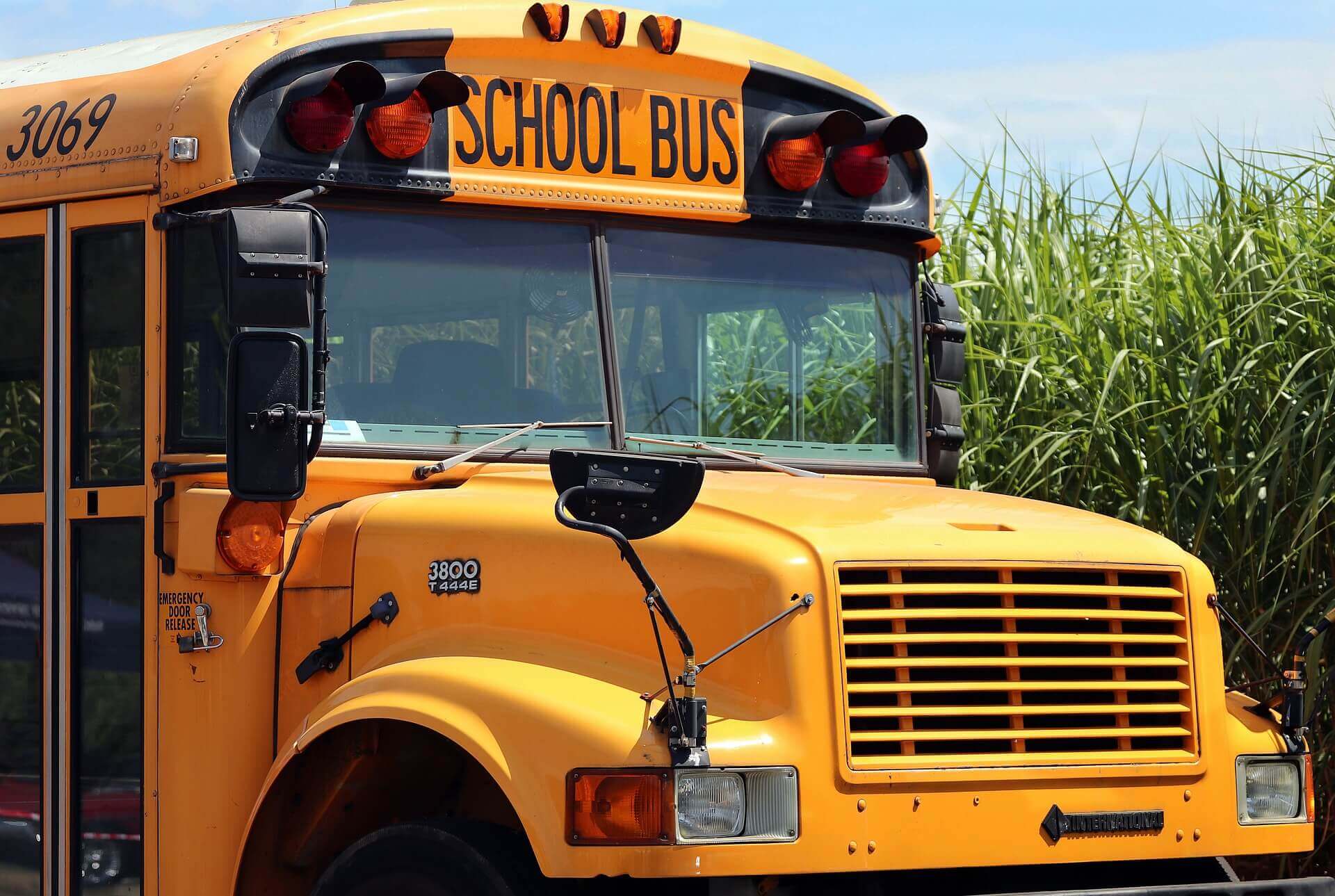
Legislators in Annapolis are currently considering the Blueprint for Maryland’s Future, legislation that would provide all of Maryland’s youth adequate education funding for the first time in the state’s history.
The reform package is popular among voters and economists: 74% of Marylanders support personally paying more in taxes to improve public education, and the fiscal benefits exceed the large cost by 2034, with Marylanders fully recovering their investment by 2046, according to the Sage Policy Group.
Yet the Blueprint’s common sense reforms have provoked significant opposition, bolstered by the old myth that we already tried spending more on our schools and increased spending doesn’t actually make a difference in student outcomes. Let’s take a moment to bury these falsehoods once and for all.
Two decades of state government data show clearly that Maryland has NEVER adequately funded its public schools, and peer reviewed educational research spanning a full century proves that more money DOES improve educational outcomes.
In 1996 Judge Joseph Kaplan ruled in Bradford vs. Maryland State Board of Education that Baltimore City’s students were being denied their constitutional right to a thorough and efficient system of free public schools and the state entered into a consent decree requiring an infusion of resources so that city students received an adequate education when measured by contemporary standards. In 1999 the independent consulting firm Metis was hired by the state to quantify the meaning of “adequacy.”
From that point forward the state had a specific standard to measure the gap between how much funding Maryland’s schools were actually receiving and how much they would be receiving were they adequately funded. This “adequacy gap” was used to help develop a new equitable statewide formula that was codified into law in 2002.
Huge investments were made into education and the adequacy gap shrunk from $1.09 billion in 2002 to $0.1 billion by 2008. Sadly, this was the closest Maryland would ever come to adequately funding its public schools. After the nationwide recession the legislature decided to save money by cutting elements of the formula and ceasing to adjust it for inflation every year. As a result, the adequacy gap ballooned to $1.53 billion in 2017, an even larger chasm than when the courts first ruled that the state was in violation of its constitutional mandate.
Let’s remember that this astronomical resource deficit doesn’t even represent what excellent funding for our kids would look like. After all, Maryland’s private schools, which serve the wealthy children of the elite charge $25,000-40,000 a year! Based on the state’s own definition of adequacy as upheld by the courts, quantified by independent consultants and codified into law, Maryland has never tried sufficiently funding public education (much less progressively or for a sustained period of time).
Now let’s tackle the second half of the myth propagated by The Washington Post editorial board, Governor Hogan, Budget Secretary David Brinkley and the Maryland Public Policy Institute, that spending more on education doesn’t actually produce better outcomes.
Rutgers professor Bruce Baker, who specializes in education funding research worked in collaboration with the Shanker Institute to conduct a comprehensive review of the empirical evidence on whether, and how, money matters in education. They concluded:
● “Schooling resources that cost money, including smaller class sizes, additional supports, early childhood programs and more competitive teacher compensation…are all positively associated with student outcomes.”
● “…money matters, resources that cost money matter, and a more equitable distribution of school funding can improve outcomes.”
● “On the whole…the things that cost money benefit students, and there is scarce evidence that there are more cost-effective alternatives.
Sure enough, when analyzing the Nation’s Report Card, the largest ongoing assessment of what U.S. students know and can do, we see a clear correlation between adequate funding and student outcomes.
When Maryland ramped up its funding with the implementation of the Thornton formula starting in 2002, average scores on the National Assessment of Educational Progress in both reading and math, 4th and 8th grades increased significantly. After cutting the formula in 2009, every single one of those average scores decreased significantly. Put simply, when funding went up, scores went up, when funding went down, scores went down.
Now imagine the academic progress Maryland’s students could have made, and the difference that would have made in their lives and in the trajectory of Maryland’s economy had we reached full adequacy in funding and then maintained that standard! Despite what the powerful say, spending on education does matter, and Maryland has never tried it. Perhaps now is the time to start.
— COREY GABER
The writer is a 6th grade English language arts teacher in Baltimore City and an elementary school vice president on the executive board of the Baltimore Teachers Union.




 Creative Commons Attribution
Creative Commons Attribution